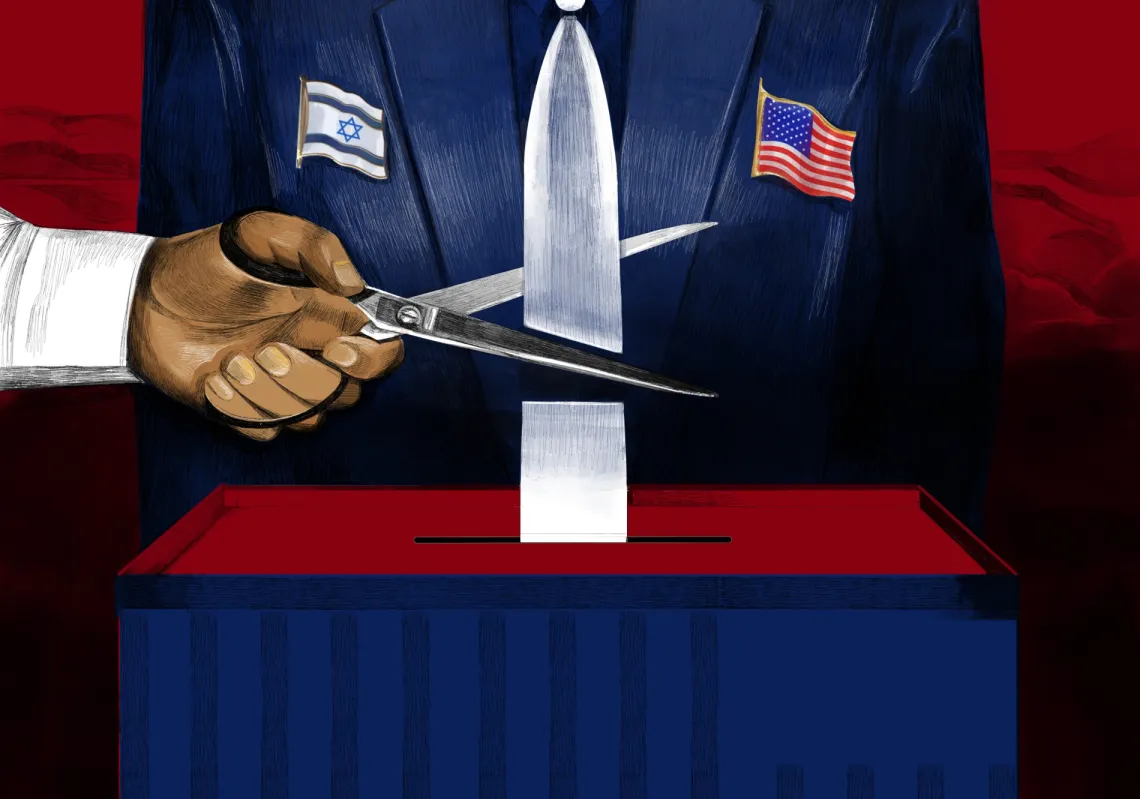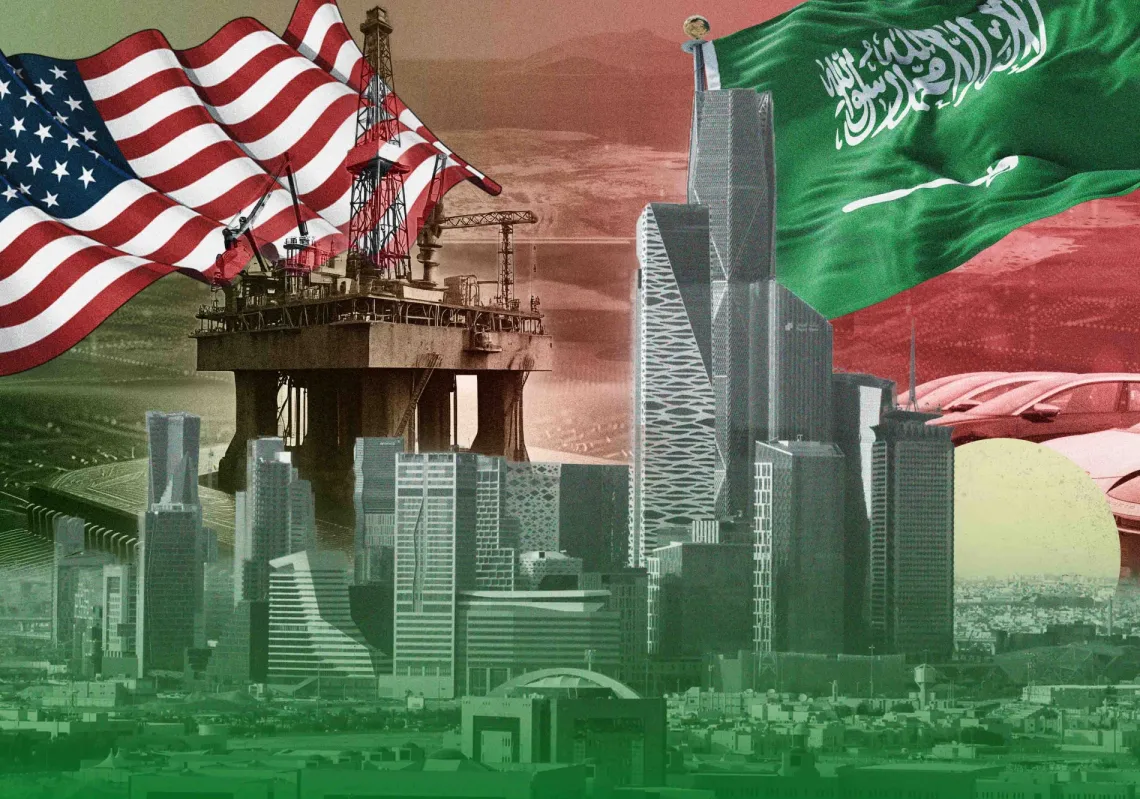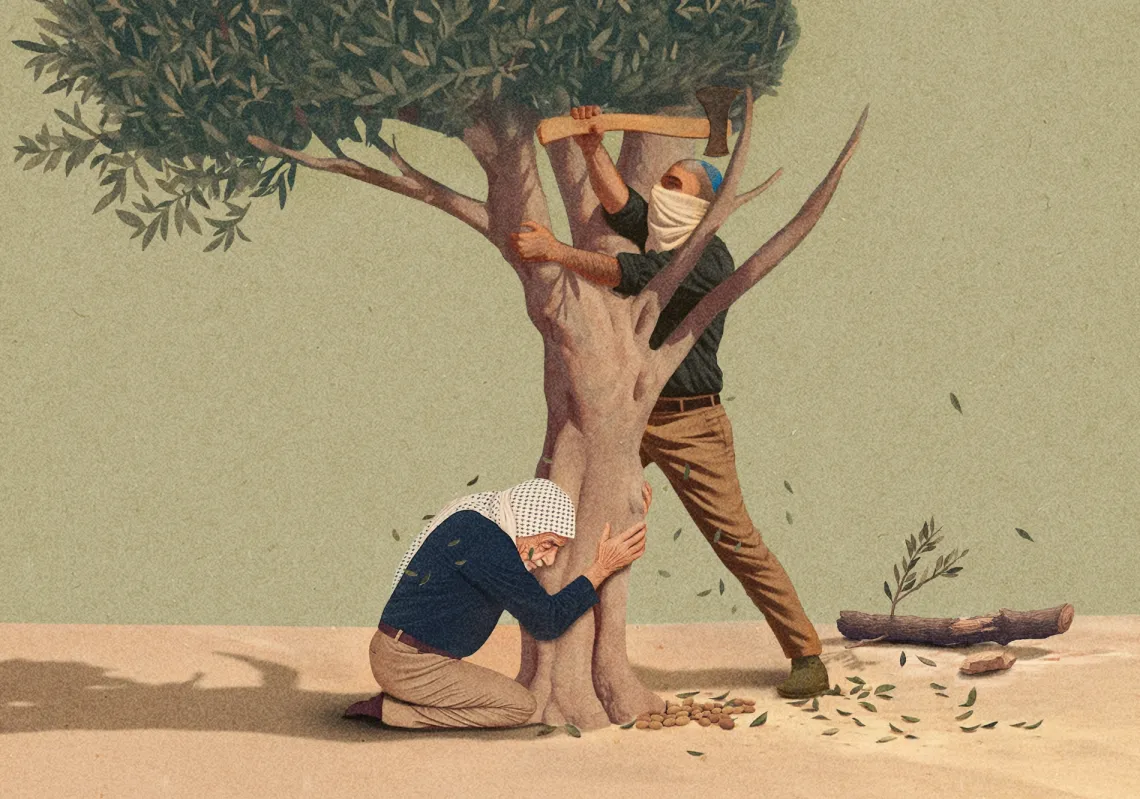The following photos were taken in the Kairouan Governorate from June to November 2013.
[caption id="attachment_55247174" align="alignnone" width="620"]
 Kairouan's Aghlabid water basins.[/caption]
Kairouan's Aghlabid water basins.[/caption]
The governorate of Kairouan is one of the most deprived parts of Tunisia. Its eleven dependencies suffer from problems that are unimaginable in the capital. Kairouan’s Aghlabid water basins, a UNESCO world heritage site, are full of waste.
In Kairouan City, there is only one specialist pediatric clinic. It serves all eleven dependencies. This clinic is so poor that it has problems maintaining the temperature of the fridge where it stores medicine.
[caption id="attachment_55247194" align="alignnone" width="620"]
 A stone covers the water pipe in Wadi Zroud.[/caption]
A stone covers the water pipe in Wadi Zroud.[/caption]
Farmers in El-Ala—one of Kairouan’s poorest dependencies—complain that Sahel cities such as Sousse have sucked its water reservoirs dry, so they cannot irrigate their fields except by using a water pump. The pump is often unaffordable. If you stand on top of Jebal Trazza (Mount Trazza) near Haffouz, you can see the effects of water scarcity: there are verdant farms owned by those who can afford the water, and red, dusty farms owned by those who cannot.
[caption id="attachment_55247189" align="alignnone" width="620"]
 Ahmed by his hut in Wadi Zroud. [/caption]
Ahmed by his hut in Wadi Zroud. [/caption]
Ten minutes away from the grand central mosque in Kairouan is the area of Wadi Zroud, which is home to Tunisia’s second-largest river. It is a place for miserable characters, fit for a Victor Hugo novel. People here live on less than USD 80 a month and have to make a choice between paying the rent and buying medicine for their children, both of which cost around USD 80 a month. Ahmed, a former butcher living in a constructed shack made out of palm reeds, complains that the governor of the dependency knows of his predicament, yet for the past year his situation has remained the same. The governorate, he says, cannot do anything because the land that he lives on is state owned. Therefore, his modest home—if it can be called that—is considered an illegal squat. Due to his “illegal occupation” of government land, he cannot receive state help. Assessing the situation, Hussein Fatnoosi, a local aid worker, told The Majalla: “Before the revolution, we didn’t even know this sort of poverty existed. It was all hushed up.”
[caption id="attachment_55247178" align="alignnone" width="620"]
 Inside a home in Motabasita.[/caption]
Inside a home in Motabasita.[/caption]
In Motabasita, a small town outside of Kairouan City, people often live in goat pens and hovels. Entire families live in homes the size of a shed, crawling with black beetles. The local government refuses to recognize the latter as homes because, in their view, it is not possible for humans to live in such a place and therefore question whether these people are telling truth.
[caption id="attachment_55247183" align="alignnone" width="620"]
 A bed made of bricks in a settlement 4 miles (6 kilometers) from Motabasita.[/caption]
A bed made of bricks in a settlement 4 miles (6 kilometers) from Motabasita.[/caption]
Beyond Motabasita, with its unemployed men sitting listlessly in the café smoking, is a settlement that even this one street town has forgotten. The settlement can only be reached by four-wheel drive. On the way to the site, there are huts that locals say were appropriated by a Ben Ali clan member who threw out their owners. The settlement is in utter decline. According to Mohammed Naji, the village head, the only building that was ever constructed in the area was during the time of Habib Bourguiba. They have not seen a government presence in the village since 1997, when helicopters dropped off supplies after flash floods. The community lives in scorpion-infested huts built with mud and clay, molded with their own hands.
[caption id="attachment_55247318" align="alignnone" width="620"]
 Two children share a wheelchair in a settlement near Motabasita.[/caption]
Two children share a wheelchair in a settlement near Motabasita.[/caption]
The villagers seem to welcome the presence of a journalist, perhaps in the hope that media exposure might help improve their situation . One points to a wheelchair shared by his two disabled children, another shows her bed made of bricks; a young girl shows off her academic certificates and laments the fact that she had to stop school despite being a promising student; and a woman tells of how she lost two of her children because she could not get to a hospital.
[caption id="attachment_55247229" align="alignnone" width="620"]
 A girl shows off her school certificates in the settlement near Motabasita.[/caption]
A girl shows off her school certificates in the settlement near Motabasita.[/caption]
The governorate knows of their situation, but according to Naji, the settlement is on the border between the governorate of Sousse and the governorate of Kairouan. Sousse claims that it falls on the jurisdiction of Kairouan Governorate, while the latter claims it falls under the jurisdiction of Sousse. While the two provinces squabble over responsibility, nothing else happens.
[caption id="attachment_55247196" align="alignnone" width="620"]
 A home or a squat in Wadi Zroud.[/caption]
A home or a squat in Wadi Zroud.[/caption]
In Tunisia today, those who are in most need of change seem to be the ones who are the most overlooked. This is what the politicians in Tunis and the Sahel seem to be forgetting.
All photos © Tam Hussein
All views expressed in this blog post are those of the author and do not necessarily represent the views of, and should not be attributed to, The Majalla magazine.









